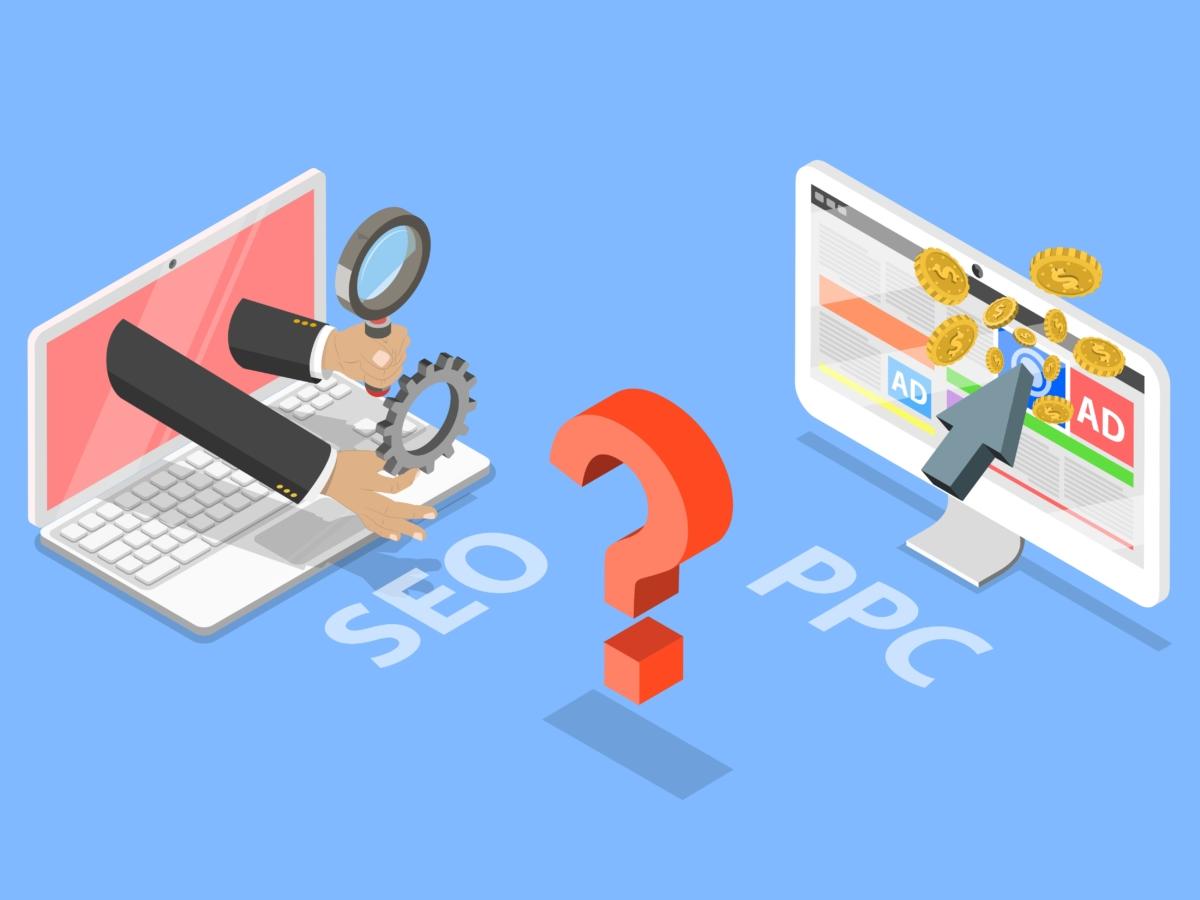Introduction:
Pay-Per-Click (PPC) advertising is an integral part of digital marketing, providing companies with the opportunity to reach a target audience and increase brand awareness. However, to achieve maximum efficiency and optimal return on investment, it is crucial to set up the PPC campaign correctly. In this article, we will explore the key steps in configuring a PPC campaign.
1. Keyword Research:
Start with thorough analysis of keywords related to your business. Use tools such as Google Keyword Planner to identify the most relevant queries for your audience. This will help determine the main themes and directions for your PPC campaign.
2. Goal Setting:
Define specific goals for your PPC campaign. Whether it’s increasing sales, attracting new customers, or enhancing brand awareness, well-defined goals will help you measure the success of your campaign.
3. Platform Selection:
Choose a suitable platform for displaying your ads. While Google Ads is one of the most popular platforms, consider alternatives like Bing Ads or social media platforms (Facebook, Instagram, LinkedIn) based on your target audience.
4. Budget Allocation:
Set a budget for your PPC campaign. Break it down into various elements such as cost per click, daily budget, and overall monthly budget. This will help you manage expenses effectively and avoid unexpected costs.
5. Creating Compelling Ads:
Develop high-quality and compelling ads, taking into account the selected keywords. Pay attention to headlines, descriptions, and links. Use visual elements to make your ads more attractive.
6. Conversion Tracking Setup:
Implement conversion tracking to precisely measure the results of your campaign. This will help you identify which keywords and ads are most beneficial and make necessary adjustments.
7. Testing and Optimization:
Regularly conduct A/B testing of different elements of your campaign, such as headlines, images, and ad text. Optimize the campaign based on the data obtained to increase its effectiveness.
8. Monitoring and Analytics:
Continuously monitor the results of your PPC campaign. Use analytics tools to evaluate the performance of keywords, conversions, and ROI. These data will help you make informed decisions to improve results.
Conclusion:
Effective setup of a PPC campaign requires careful analysis, a strategic approach, and ongoing optimization. By following the above steps, you can maximize the potential of PPC advertising and achieve successful outcomes for your business.



